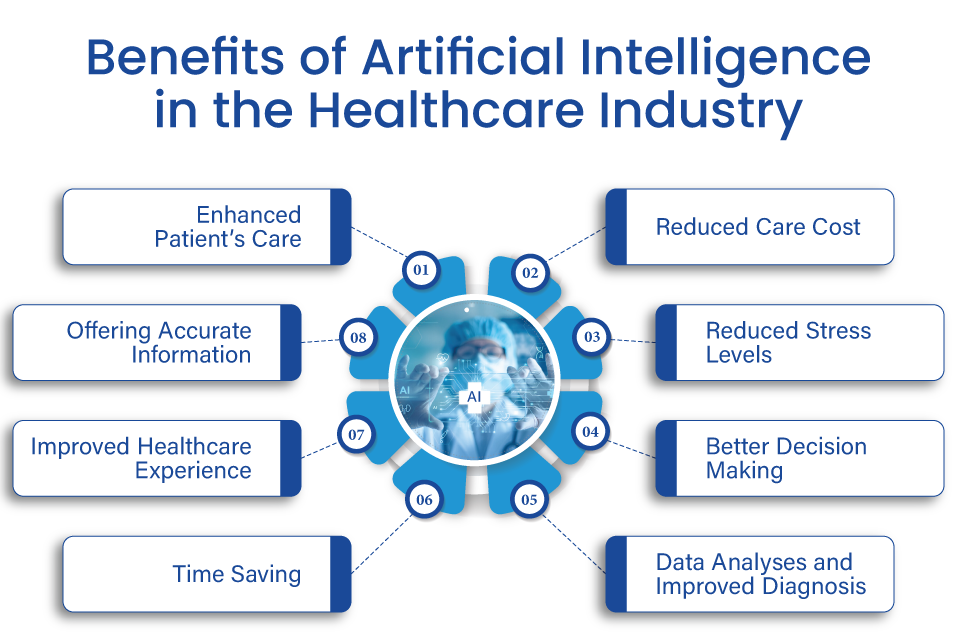Revolutionizing Patient Rehabilitation with Artificial Intelligence: A Game-Changer in Healthcare

The healthcare industry has witnessed significant advancements in recent years, thanks to the incorporation of artificial intelligence (AI) in various aspects of patient care. One area where AI has shown immense potential is in patient rehabilitation. In this article, we’ll delve into the role of artificial intelligence in patient rehabilitation, its benefits, and the future of this promising trend.
The Current State of Patient Rehabilitation
Patient rehabilitation focuses on helping individuals recover from injury, illness, or surgery, restoring their functional abilities, and improving their overall quality of life. The traditional approach to rehabilitation involves manual therapy, exercise programs, and medication to alleviate pain and discomfort. While these methods have been effective, they often rely on human intuition and judgment, leading to inconsistent results and variable patient outcomes.
The Role of Artificial Intelligence in Patient Rehabilitation
Artificial intelligence has the potential to transform the patient rehabilitation landscape by providing personalized, data-driven care. AI-powered systems can analyze vast amounts of patient data, including medical histories, imaging results, and vital signs, to identify patterns and predict patient outcomes. This enables healthcare professionals to make informed decisions, develop targeted interventions, and optimize treatment plans.
Benefits of AI-Powered Rehabilitation
The integration of AI in patient rehabilitation offers numerous benefits, including:
- Personalized care: AI algorithms can analyze individual patient data to create customized treatment plans tailored to their specific needs and goals.
- Enhanced rehabilitation outcomes: AI-powered systems can monitor patient progress, identify areas of improvement, and adjust treatment plans accordingly, leading to better rehabilitation outcomes.
- Increased patient engagement: AI-powered rehabilitation tools can encourage patients to participate actively in their recovery by providing interactive, engaging experiences and tracking progress.
- Reduced healthcare costs: AI-powered rehabilitation can help reduce healthcare costs by minimizing the need for manual therapy, hospital stays, and extended rehabilitation periods.
- Improved patient experience: AI-powered systems can provide patients with 24/7 access to guidance, support, and education, improving their overall experience and satisfaction.
AI Applications in Patient Rehabilitation
Several AI applications have been developed to support patient rehabilitation, including:
- Robot-assisted rehabilitation: Robots can provide customized, repetitive therapy, and assistance to patients with impaired mobility or coordination.
- Virtual reality (VR) and augmented reality (AR): VR and AR technology can create immersive, engaging experiences that make rehabilitation more enjoyable and effective.
- Mobile health (mHealth): AI-powered mobile apps can track patient progress, provide personalized feedback, and offer guidance and support.
- Predictive analytics: AI algorithms can analyze patient data to predict treatment outcomes, identify potential complications, and optimize treatment plans.
- Natural language processing (NLP): NLP can enable patients to interact with AI-powered systems using voice or text, improving accessibility and engagement.

Case Studies and Examples
Several case studies and examples have demonstrated the potential of AI in patient rehabilitation:
- ReWalk Robotics: ReWalk, a wearable robotic exoskeleton, has been used to help patients with spinal cord injuries walk again.
- Ekso Bionics: Ekso, another wearable exoskeleton, has been used to improve mobility and function in patients with stroke, multiple sclerosis, and spinal cord injuries.
- ExoWorks: ExoWorks, a VR-based rehabilitation platform, has been used to improve balance and mobility in patients with Parkinson’s disease.
- WalkAide: WalkAide, a wearable device, has been used to help patients with stroke and other conditions improve their walking ability.
Challenges and Limitations
While AI has the potential to revolutionize patient rehabilitation, several challenges and limitations must be addressed:
- Data quality and availability: AI algorithms require high-quality, comprehensive patient data to provide accurate predictions and outcomes.
- FDA clearance and regulatory frameworks: AI-powered rehabilitation devices must meet strict FDA guidelines and regulatory frameworks to ensure safety and efficacy.
- Clinical evidence and research: Further research is needed to demonstrate the effectiveness of AI-powered rehabilitation and address concerns related to patient outcomes and safety.
- Cost and accessibility: AI-powered rehabilitation devices and platforms may be expensive, limiting access for some patients.
Conclusion
Artificial intelligence has the potential to transform the patient rehabilitation landscape by providing personalized, data-driven care. While challenges and limitations exist, the benefits of AI-powered rehabilitation, including enhanced outcomes, reduced costs, and improved patient experiences, make it an exciting area of research and development. As the healthcare industry continues to evolve, incorporating AI into patient rehabilitation will be crucial to improving patient outcomes and advancing the field.
Call-to-Action
Share this article with your network to raise awareness about the potential of AI in patient rehabilitation. Encourage healthcare professionals, researchers, and patients to explore the possibilities of AI-powered rehabilitation and discuss the challenges and limitations that need to be addressed.
End.


